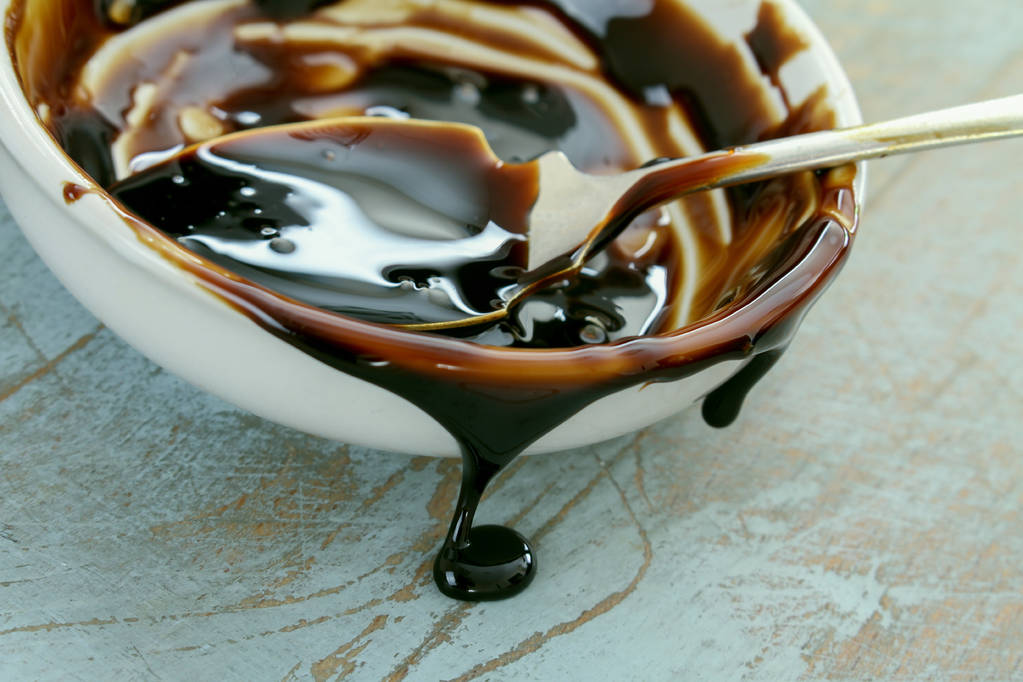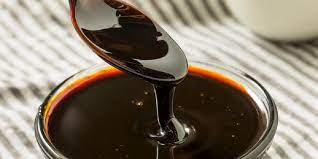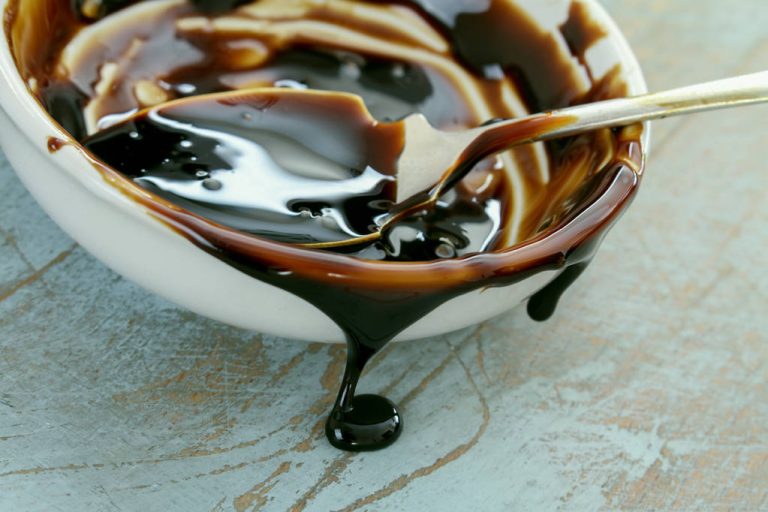Due to its high nutrient density, molasses is considered a healthy alternative to sugar. Here you can find out what the dark syrup is all about and its health benefits.

What is molasses?
Molasses is a by-product of sugar production. The sugar cane is spun until the solid and liquid components separate. The solid pieces are the small crystals that are later sold as table sugar.
The liquid is what we refer to as molasses. It is boiled a few times, which gives it its typical dark colour. The following applies: the more often molasses is boiled, the darker it is and the less sugar it contains. Nevertheless, the sugar content is still very high with an average of 60 grams per 100 grams.
Note: Sugar beet syrup looks very similar to molasses and is therefore often confused with it. However, the syrup is made from whole sugar beets, which are boiled for it. Molasses, on the other hand, is actually just a “waste product” from the production of sugar from sugar cane.
use of molasses
Molasses is mainly used in agriculture as animal feed and is particularly well-known as a strengthening food for horses. The food industry likes to use the dark syrup as a basis for fermentation processes – for example to produce yeast or alcoholic beverages. For example, some rum, vodka and whiskey are made from molasses.
You can also buy molasses pure in health food stores and use it as a spread or topping for porridge, yoghurt and the like. It is also suitable for baking and for strong sauces or stews. Molasses tastes tart, malty and slightly reminiscent of liquorice.
Molasses a new superfood?
Due to its high nutrient density, molasses has become known as a new superfood in recent years. Since the sugar content is relatively low compared to other sweeteners such as honey or maple syrup, it is often used as a healthy alternative to sugar. With around 280 kilocalories per 100 grams, it actually contains significantly fewer calories than normal table sugar.
However, the concentration of vitamins and minerals, as well as the sugar content, vary depending on the type of production. Light molasses, also known as golden syrup, still contains a relatively large amount of sugar and few micronutrients.
A strong dark molasses scores primarily with its high content of iron, calcium, potassium and magnesium. Iron plays an essential role in the transport of oxygen in the blood and the function of our immune system. We need magnesium and calcium for our bone and skeletal system, among other things, while potassium is particularly involved in the transmission of signals between nerve cells.
The iron content of molasses in particular is relatively high compared to other foods. 100 grams of the syrup contains between 10 and 20 milligrams of iron. For comparison: The daily iron requirement for adults is ten milligrams. This means that around 15 grams of molasses per day already cover around a fifth of your daily requirement.
You can also make it easier for your body to absorb iron by taking the molasses together with a food containing vitamin C. For example, you can dissolve two teaspoons of the syrup in some water and add some lemon or orange juice.
Nevertheless, you should be careful not to consume too large amounts of dark molasses. For example, the WHO has long recommended limiting the daily intake of so-called “free sugar” to less than ten percent of total calories. Recent WHO guidelines indicate that free sugars should ideally be less than 5 percent of total calories. This usually corresponds to about 25 grams of sugar per day, i.e. about six teaspoons.
In order to get enough iron, you can also use other, lower-sugar sources such as whole grain products, legumes, oatmeal or pumpkin seeds.

